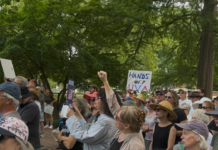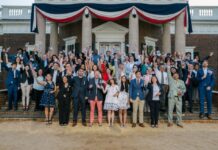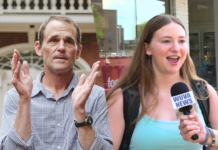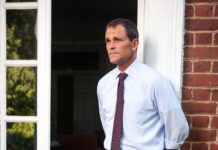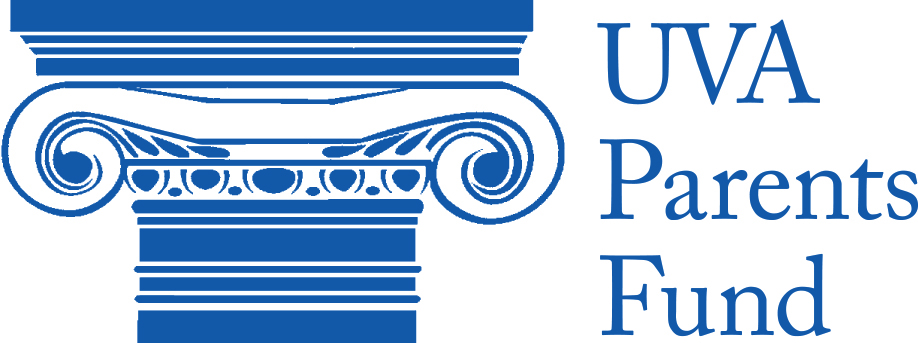Images of war typically depict horrific, gory, and violent scenes. The Fralin Museum of Art at The University of Virginia showcases a different perspective in its new exhibit called, “THE GREAT WAR: Printmakers of World War I from the Virginia Museum of Fine Arts.” This exhibition, which will be on display through December 18th, features renowned British and American “War Artists” including Muirhead Bone, Kerr Eby, Childe Hassam, James McBey, and Claude Shepperson.

A leading factor that encouraged Britain and America to allocate money and resources to these “War Artists” was propaganda. Forms of propaganda had been around for centuries, including falsified depictions of the Boston Massacre, which helped incite the American Revolution.
Britain wanted to use similar techniques in World War I to encourage ally nations to fight with them. Therefore, in 1916, the head of the British War Propaganda Bureau, Charles Masterman, elected Muirhead Bone as Britain’s first official war artist.
Bone is displayed prominently in the Fralin and his images shed insight on to what went on behind the scenes during World War I. Bone was challenged to depict aspects of war with the most minute and tedious detail. Bone separates himself in that respect from other “War Artists” as he had been assigned with drawing thousands of shells in a munitions factory, but was never deterred. His focus varied from scenes of the battlefield through deliveries being made at a shipyard. Although, there is one significant aspect missing from “War Artists” portrayals of war.
Bart Hacker, a curator at the National Museum of American History, explains that neither British nor American “War Artists” would depict dead bodies. America was one of the later countries to formulate their War Artist initiative, something most countries had previously established.
“Every belligerent [nation] during the war established art programs,” Hacker said in an interview with the Smithsonian. “They were all recognizing that this was a world historical event and that picturing it for posterity was something really important.”
This was when Kerr Eby and Childe Hassam came into the picture as they were two of the first men hired by the United States under the initiative. Unlike other “War Artists”, Eby did not believe in the notion of romanticism through war and illustrated that in his work. Eby’s images were more dark and sullen than other artists of the time including Childe Hassam. Hassam’s impressionistic paintings gave optimism to the nervous population.
Hassam’s depiction of 5th avenue with a congregation of various people and countries showed that amidst a world full of destruction, beauty and inspiration continued to flourish.








